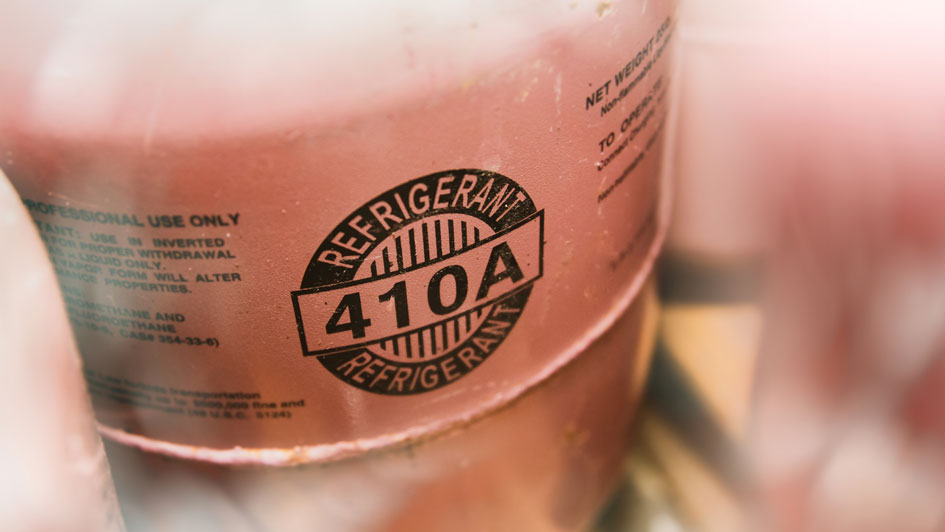
Big changes are on the way for the heating and cooling industry! Cooling systems transitioning from R-410a to newer refrigerants like R-454B refrigerant and R-32 refrigerant will be implemented in 2025. These new coolants are developed to be friendlier to the environment and satisfy updated regulations about global warming. But what does that mean for your current HVAC system and any new services?
This transition will minimize the environmental effect of our air conditioning systems. Beginning in 2025, new AC systems will employ new class of refrigerants that better align with climate goals. If you're thinking about getting an AC replacement soon, this is the perfect time to investigate how these new refrigerants can influence your home's comfort.
Why Are They Phasing Out R-410a for New HVAC Refrigerant?
For years, R-410a was the preferred refrigerant for residential air conditioners because of its efficiency. But studies showed that R-410a still negatively impacts global warming. As a result, the Environmental Protection Agency (EPA) enacted an initiative back in 2021. The industry will gradually eliminate R-410a to replace it with refrigerants that are more eco-friendly.
The HVAC industry has undergone changes like this before. When the industry switched from using R-22 (commonly called Freon) to R-410a, property owners like you had to follow suit. And just like then, this change will impact how systems are engineered as well as the recommended procedures for HVAC maintenance. Both residents and HVAC technicians must prepare for these new refrigerants if they wish to continue enjoying the most reliable, most economical cooling possible.
What Refrigerant Is Replacing R-410a?
The upcoming refrigerants are categorized under the new "A2L" classification and include the newest R-454B refrigerant and R-32 refrigerant coolants. They're designed to provide the same powerful cooling while greatly lowering their global warming potential (GWP) compared to R-410a.
R-454B refrigerant is anticipated to be particularly useful due to its GWP being approximately 78% lower than R-410a. While R-454B refrigerant is believed to be more flammable than R-410a, enhancements to system manufacturing and maintenance practices will ensure servicing is just as safe to perform. In addition, modern cooling systems using R-454B refrigerant are much more energy efficient, resulting in big savings on energy bills over time, especially if you keep up with routine HVAC maintenance.
This transition isn't just about replacing the refrigerant—it impacts the whole HVAC system because the characteristics of R-454B refrigerant make it incompatible with older systems. In time, every home and business using R-410a will need to transition to one of the new systems.
R-410a Replacement: What Should I Consider in Order to Change to New HVAC Refrigerants?
Transitioning to the new refrigerants won't be as easy as swapping out the new coolants with what's used in your current HVAC system. That's because the different properties of R-454B refrigerant and R-32 refrigerant mean you can't use the new refrigerants in a system designed to use R-410a. But don't be concerned—you can keep using your current R-410a system for now. Just know that as time goes on, the cost of repairs and tune-ups will rise as R-410a becomes harder to find.
Planning ahead is the best way to manage things. If your AC system is currently getting old, this is the best time to contemplate investing in a newer model that uses the new R-454B refrigerant. Plus, the team here at Desert Husky HVAC/R Services can support you with making the transition with flexible options for HVAC replacement financing.
What Type of Cooling Refrigerant Is in My HVAC System?
Uncertain which refrigerant your AC system utilizes? In general, you can easily locate this information by inspecting the label on your outdoor unit. This label displays the type of refrigerant, the model number and numerous other specifications about your cooling system.
But if you are unable to decipher the label or don't have your user manual, don't worry! You can always call one of the expert technicians at Desert Husky HVAC/R Services to assist you in determining this information. Get all the info you need by contacting us at 520-416-5415.
